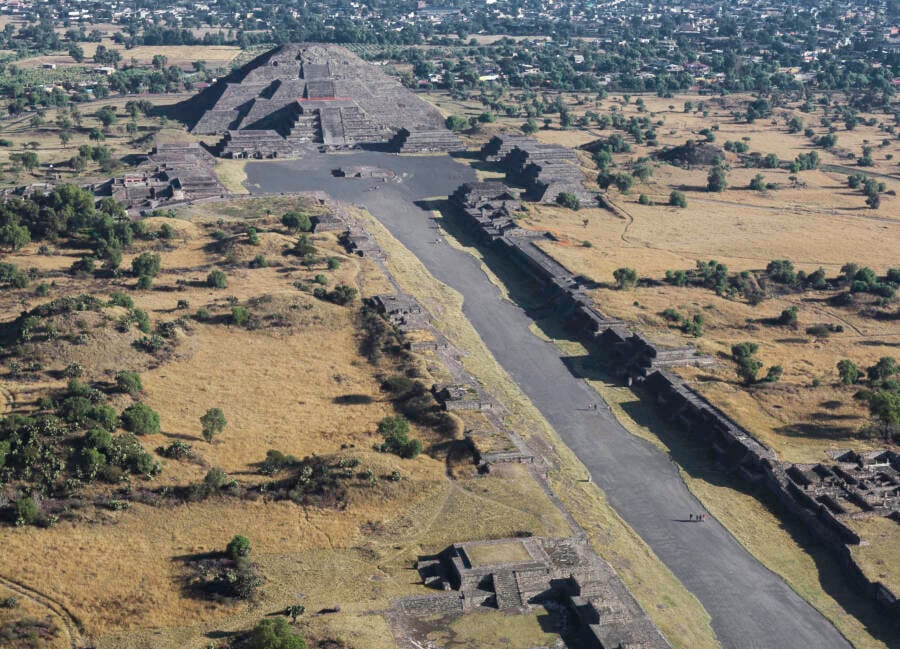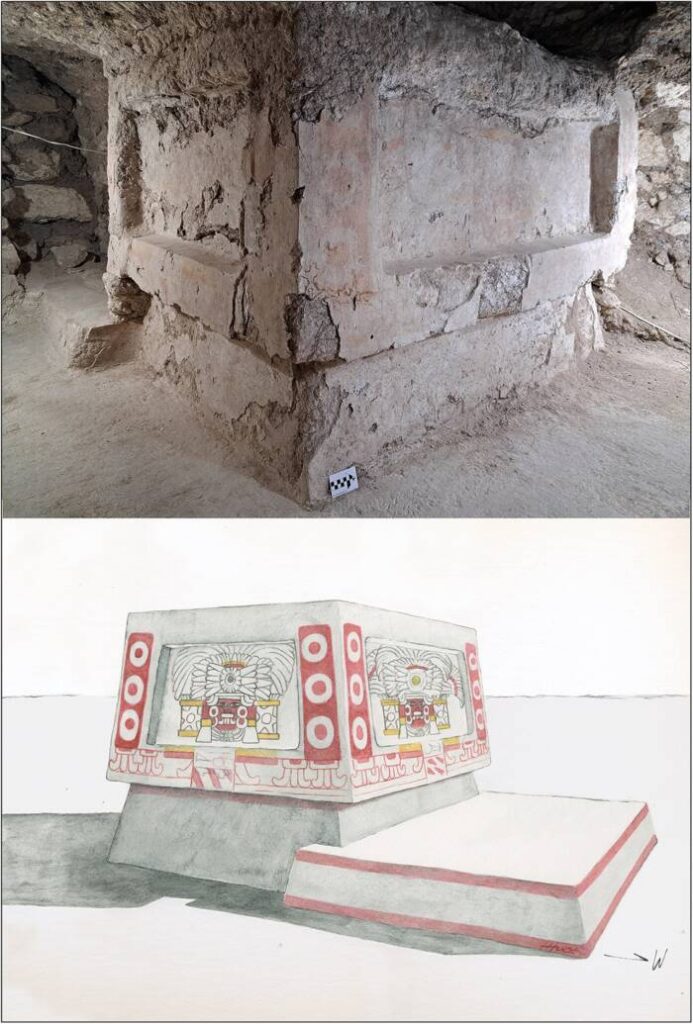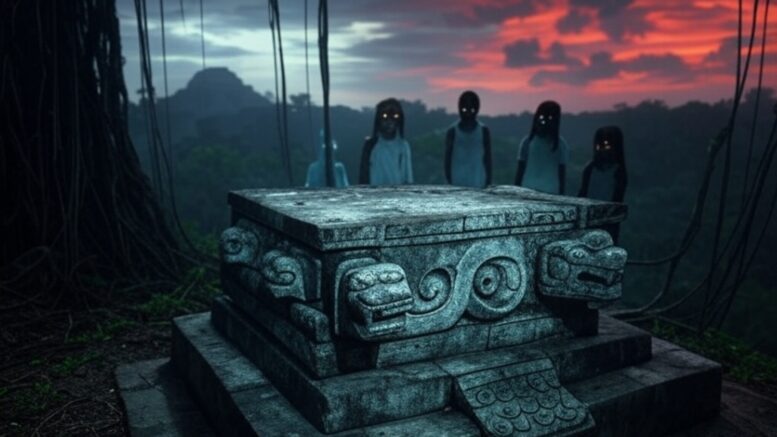A recent discovery in Tikal, Guatemala, unveils an intricately decorated altar tied to ancient sacrifice practices, stirring debates about their ethical implications. Archaeologists found the altar, dating to the late fourth century, alongside remains of three children, suggesting its use for child sacrifices. This finding highlights a cultural clash between the Maya and Teotihuacán, with the latter’s influence clear in the altar’s design. However, some argue these rituals were non-violent, sparking ethical concerns. How should we view ancient sacrifice today? Smithsonian Magazine reported this discovery, urging a deeper look at historical ethics. Therefore, we must explore this issue further.

Exploring Ancient Sacrifice Practices
The Tikal altar sheds light on ancient sacrifice practices. A Teotihuacán artisan likely crafted it around 378 C.E., reflecting their dominance over the Maya. Moreover, the altar’s design mirrors Teotihuacán’s ritual complexes, showing deep cultural integration. Yet, the child remains nearby confirm the grim reality of sacrifice. Both societies believed these acts appeased gods, a spiritual necessity. However, calling such killings non-violent clashes with modern ethics. This discovery forces us to rethink how we interpret ancient sacrifice practices. Science.org delves into Thus, it demands a critical examination.

How Ancient Sacrifice Affects Us
Interpretations of ancient sacrifice practices shape today’s perspectives. For instance, claims that child sacrifices were not violent have outraged many scholars and the public. As a result, people question the reliability of academic narratives. Furthermore, this can lead to sanitized history lessons, ignoring the darker sides of ancient cultures. In Tikal, the altar’s role in Teotihuacán’s control reveals a complex cultural exchange. Still, we must understand these rituals in their historical context for accuracy. The debate over ancient sacrifice ethics impacts both education and public discourseHence, its influence is significant.

Reframing Ethics of Ancient Sacrifice
We must reframe the ethics surrounding ancient sacrifice in light of this find. First, historians should acknowledge the violence in these rituals, despite their cultural significance. Second, we need to blend modern ethical standards with historical context. Additionally, involving modern Maya descendants could offer balanced insights into these practices. However, some academics resist changing traditional views. Nevertheless, the Tikal altar highlights the need for ethical clarity in history. We should study ancient sacrifice with both sensitivity and honesty. Therefore, a fresh approach is essential.
Conclusion
In conclusion, the Tikal altar’s link to child sacrifices challenges how we view ancient sacrifice ethics. Cultural context matters, but we cannot ignore the violence of these acts. Thus, historians must adopt a more ethical approach to such studies. Without this change, historical credibility may falter. So, how can we balance cultural understanding with ethical accountability in historical research?
Comment on this story and let me know what you think!
Follow the Author on X @CardioFixer






